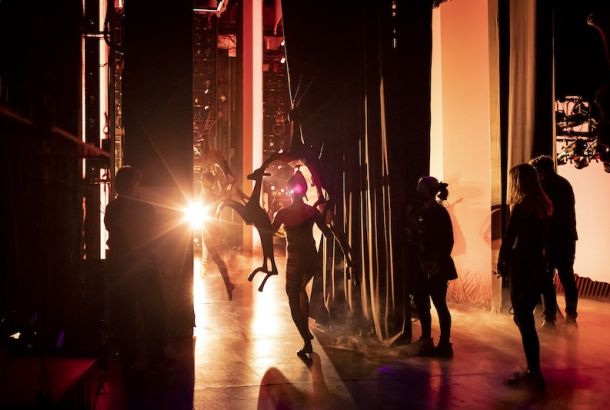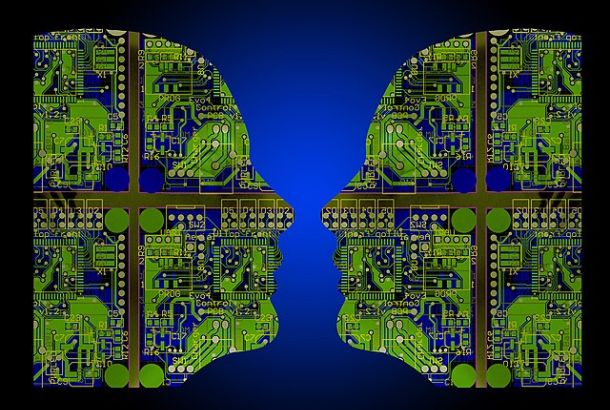Women and STEM in the media

This years’ Women in Media conference held a ‘STEM and the Media’ discussion with speaker Mhairi Finlayson, who is recent a Computer Sciences and Physics graduate. In this session Mhairi discussed her research as part of the BBC research and development (R&D) graduate scheme, as well as the underrepresentation of women in science.
Three years into my undergraduate chemistry degree I have been lectured by only three women from the School of Chemistry. I’ve been taught by countless men who stand at the front of lecture theatres as they teach discoveries by male scientists, using units named after them – Dalton, Bohr, and Kelvin among others. Both the demographic of lecturers, and lecture content, are a stark reminder that STEM is still a hugely male dominated profession. It was refreshing to hear Mhairi talking about her work in STEM and made me hopeful that this significant gender imbalance will improve.
Mhairi works in the Artificial Intelligence in Media Production (AIMP) department to develop ways of using AI to improve media and broadcasting. This was an application of STEM I had never considered, which made for an engaging talk, evident when more than half of the attendees asked further questions at the end. This led to an interesting discussion about both technology in the media and being a woman in science.
One project Mhairi is currently working on, is to develop an AI system that can film and edit panel shows by analysing the “vast quantities of archival data” the BBC has so it can mimic the creative decisions made by people. Initially, I was sceptical about why this was beneficial but Mhairi went on to explain that this would mean big events, like the Edinburgh Fringe, could be covered by the BBC and shared with a wider audience.
She emphasised “AI cannot get rid of creative jobs” because there isn’t the technology for AI to be creative, however it will enable people to spend their time on the creative elements of their jobs in media. In response to a question about using AI for educational videos Mhairi said that when deciding to use AI you need to question if it is “the best tool to use in that circumstance,” which really highlighted to me that even if AI technology continues to advance, many jobs can’t be replaced simply because AI would not be suitable, or we don’t have enough data for it to learn certain skills.
After hearing about Mhairi’s research, she continued to discuss her experience on being a woman in science, recognising the gender imbalance meaning, “women just don’t see other women in STEM.” From my own experience, this is hugely discouraging and begs the question of what is happening throughout our education to mean that women aren’t represented, and are not having careers in this field?
Mhairi felt that “media organisations are noticing and focussing on increased diversification,” especially as this will benefit the code designed for the AI being developed, for example. One audience member asked if the editing of panel shows currently has a gender bias, which would then impact the AI in the future and continue this bias. Mhairi suggested that for face detection the ratio of the size of someone’s face to the size of the screen may affect their on-screen-time and questioned if voice detection would be worse for women compared to men. These are all points that Mhairi’s research group needs to consider when designing this technology, and highlights why diversity is needed among researchers to ensure that these are considered.
Listening to Mhairi showcased an application of STEM outside of academia, emphasising that “STEM and research is quite a creative place to be.” This will hopefully engage more young women to pursue a STEM degree and career, especially after hearing about current research from other women.







